Last Updated
A popular tourist activity is back on in La Paz after being paused indefinitely in February. Once again, tourists can get up close with whale sharks in the water.
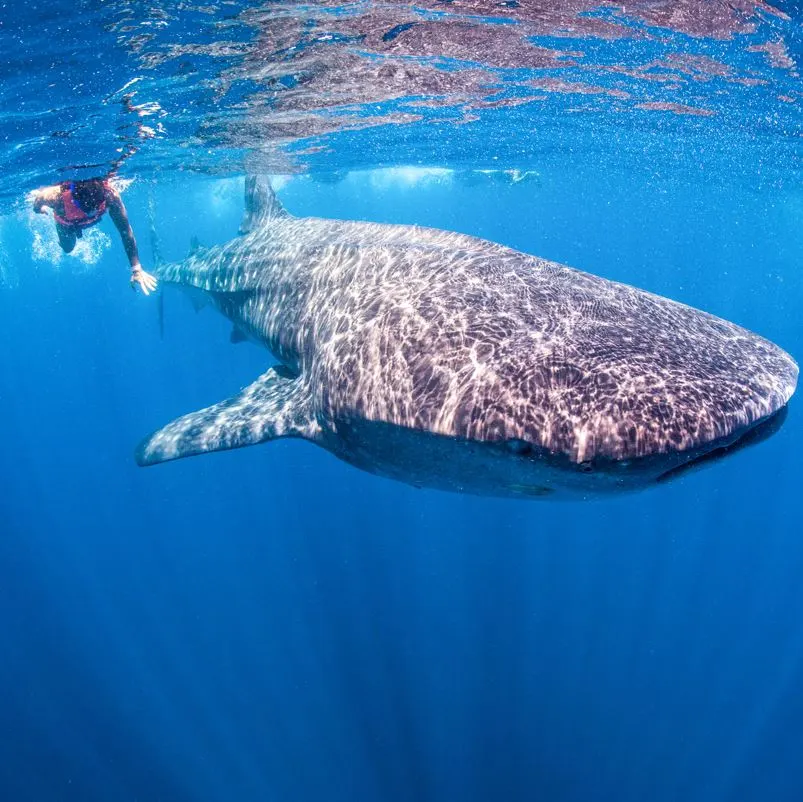
Why Was It Stopped?
A sudden drop in the number of whale sharks in the Bay of La Paz refuge area led local officials to stop the popular tourist activity on February 3 of this year.
At the end of January and into the start of February this year, only two whale sharks were spotted in the area commonly used for tourist swimming with the popular animal.
To protect the animals, the Individual Management Measures for the Bay of La Paz state that five whale sharks must be present in the area or swimming activities must be discontinued.
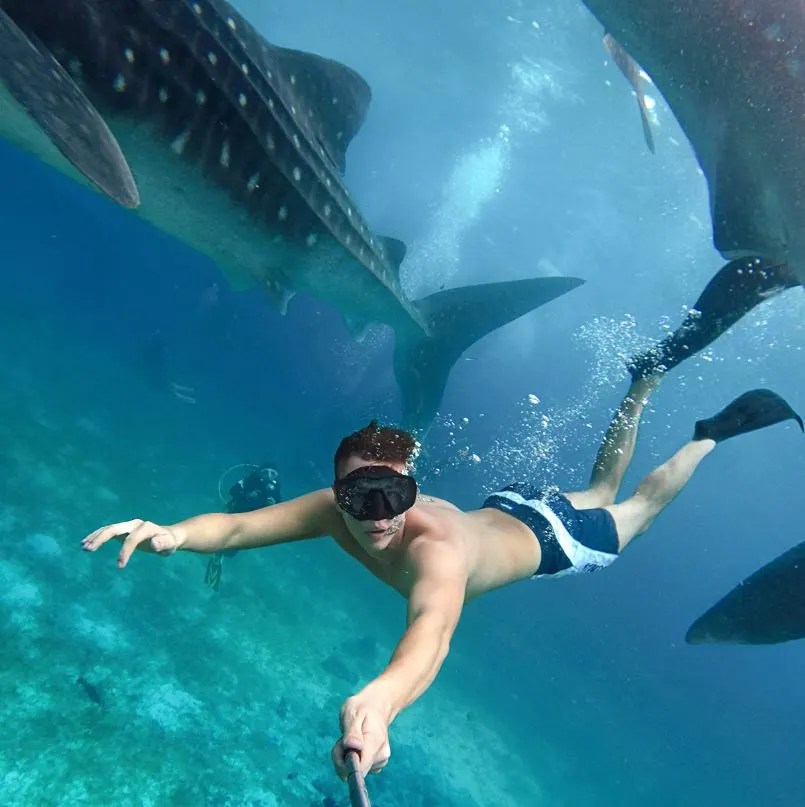
While the La Paz tour operators were upset about the ruling, they complied with the rules. However, they stressed that swimming with the animals did not cause them any undue harm. In fact, they presented scientific studies that supported their point.
The La Paz tour boat operators were ultimately overruled by National Commission for Natural Protected Areas, putting the ban on whale shark swimming into effect.
What Are Whale Sharks?
The threatened whale shark is one of the giants of the sea. They can grow to nearly 70 feet in length and weigh more than 30,000 pounds. Most male whale sharks are 25 to 30 feet in length.
They are called filter-feeding carpet sharks because they troll near the bottom of the sea bed catching food into their filters, much like baleen whales. They are only found in tropical waters in temperatures typically above 70 degrees.
Top 5 Travel Insurance Plans For 2023 Starting At $10 Per Week
Easily Earn Points For Free Travel
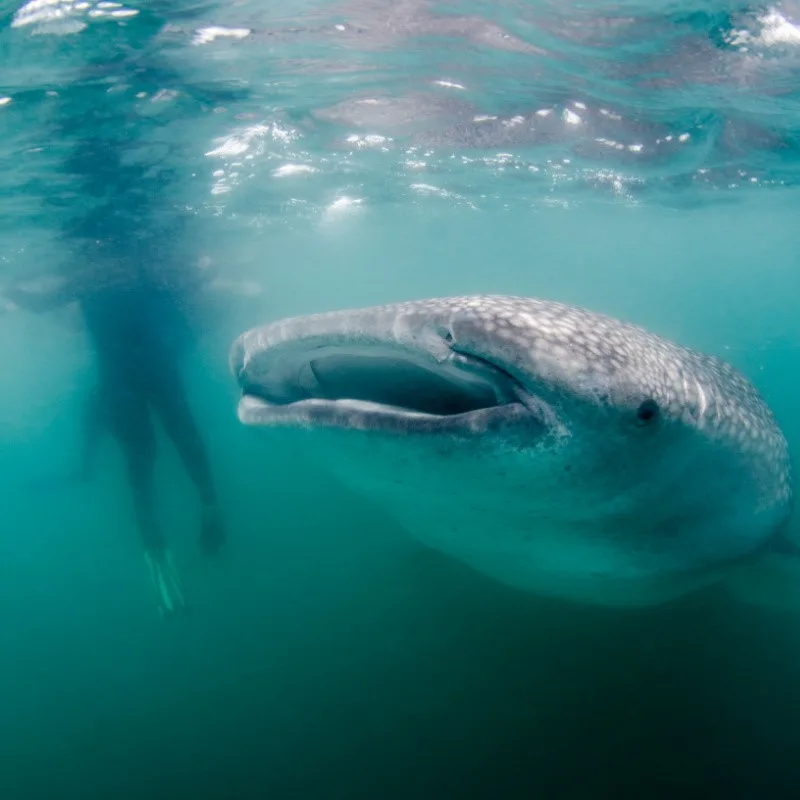
While they typically migrate near Cancún on the Yucatan Peninsula, they also find their way to the Gulf of California and the Sea of Cortez.
They are well known to swim with divers and are docile animals in the sea.
The Resumption of Tourist Swimming
Recent observations in the Bay of La Paz refuge area have uncovered eight whale sharks in the area, well within the requirements of five or more whale sharks for tourist swimming tours.
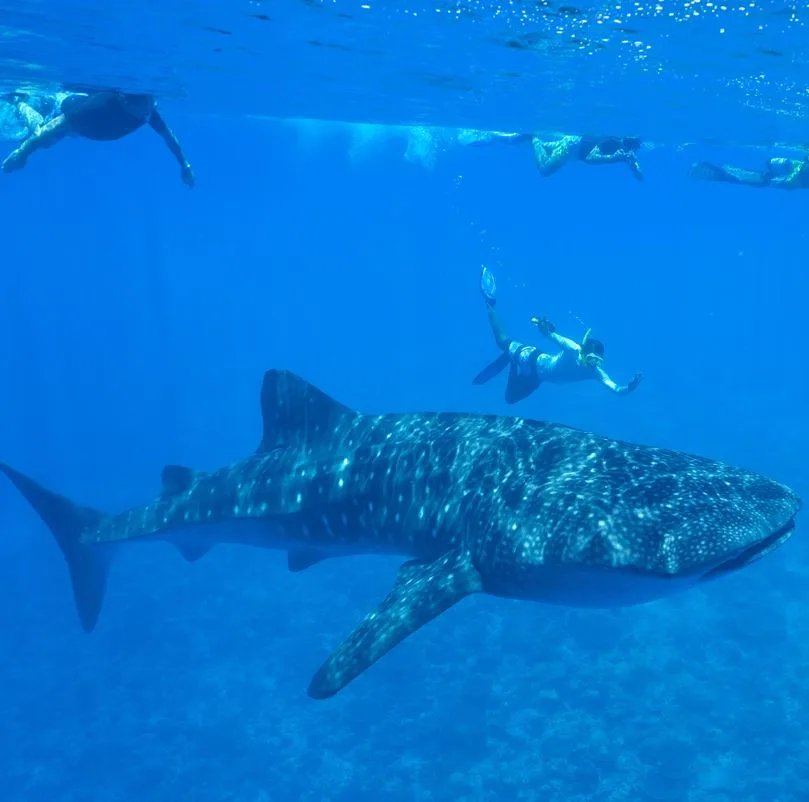
However, local officials are going to continue to control the access of travelers swimming with the animals.
They are using a satellite tracking system in the Bay of La Paz to ensure that the future ratio of tourist boats to whale sharks in the area will remain one-to-one. They will allow only the entire party of one boat as long as there are now six whale sharks present in the area.
They are also further restricting the number of boats per shift that will have access to swimming with the whale shark tours in the Bay of La Paz refuge area. According to the new regulations in place, a maximum of 14 boats will be permitted to serve the tour needs of local visitors.
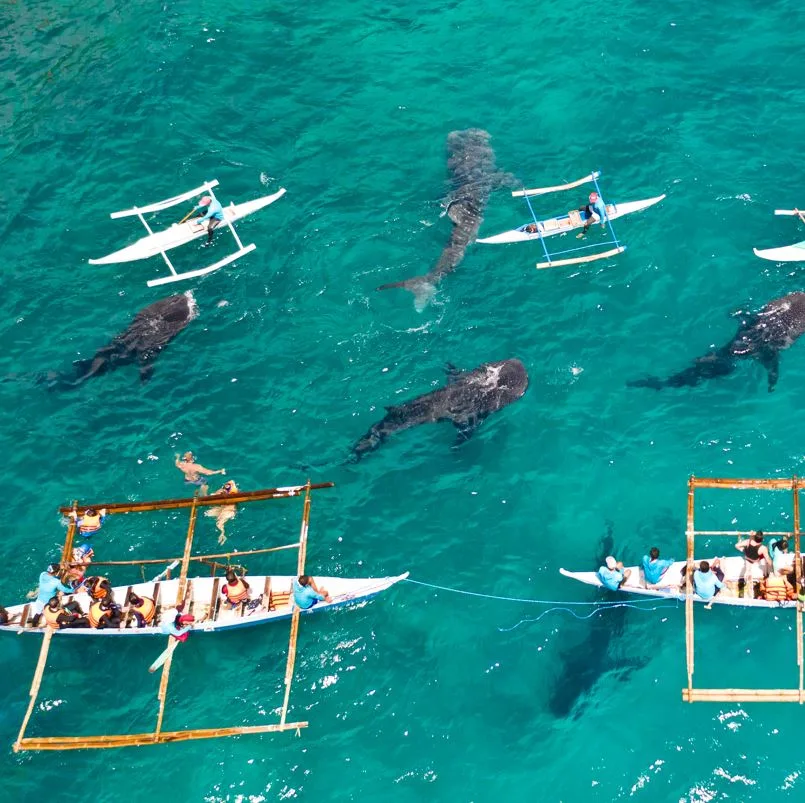
Additionally, the total number of boats for the whale shark swimming season in the Bay of La Paz will be fixed at 56.
Local officials will continue to monitor the number of whale sharks present in the Bay of La Paz on a regular basis. Should the number once again drop below five, they will discontinue access for tour boats to the bay in accordance with the previously enforced rules.
Booking a Whale Shark Adventure
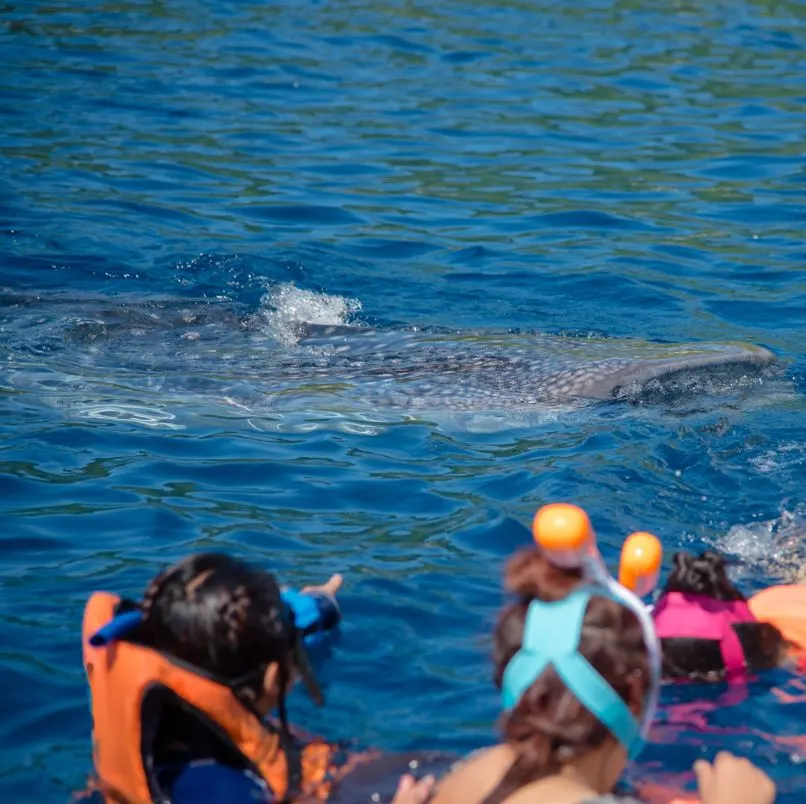
A search of the web for whale shark tour operators in La Paz found the typical rate for a tour boat adventure was about $100 per person.
It included a half-day whale shark snorkel adventure from La Paz with an informational presentation about the animals by a local guide. It was on a boat that had a shade structure, restrooms, bottled water, snacks, and a fresh-water shower for after-snorkeling use.
Plan Your Next Cabo Vacation:
Traveler Alert: Don’t Forget Travel Insurance For Your Next Trip!
Choose From Thousands of Cabo Hotels, Resorts and Hostels with Free Cancellation On Most Properties
↓ Join The Community ↓
The Cabo Sun Community FB group has all the latest travel news, conversations and current events happening in Los Cabos

Subscribe to our Latest Posts
Enter your email address to subscribe to The Cancun Sun’s latest breaking news affecting travelers, straight to your inbox.
